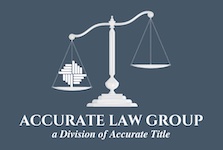Building green means considering energy consumption and the specific products used in a home. Lowering the expense of heating and cooling a property decreases overall energy consumption, saves money, and also leads to a more comfortable living area. Insulation is therefore a key part of going green, but there is more to it than selecting the product with the best insulation rating. Below are different things to consider for green insulation options for NH homes.
Production and Installation Process
When evaluating green products, it is important to consider how it is produced and installed. These all affect the environment. Some materials, such as plastic-based rigid or blown foam materials, require less energy to manufacture and emit less green house gases than traditional alternatives. The application process will also require energy and other resources. Production and installation should be compared to the effectiveness of the insulation for a true assessment of how green a product is.
Other Insulation Considerations
The climate and various spaces in a property must also be evaluated when identifying insulation materials. Properties in milder temperatures have different needs than those in extremely cold climates. Furthermore, no single product will adapt to every area in a home. For example, attics are more open whereas walls have obstacles and small corners. Therefore, a product that fits an attic may not work in a wall.
Using Green Insulation Options For NH Homes
There is no individual alternative that applies to all uses. You must think about how well an option insulates, the environmental impact of creating it, the temperature of a region, and different areas where insulation is needed. Consult with your builder or contractor for advice on the best green insulation options for NH homes. They retain valuable building expertise and experience with using different alternatives.

